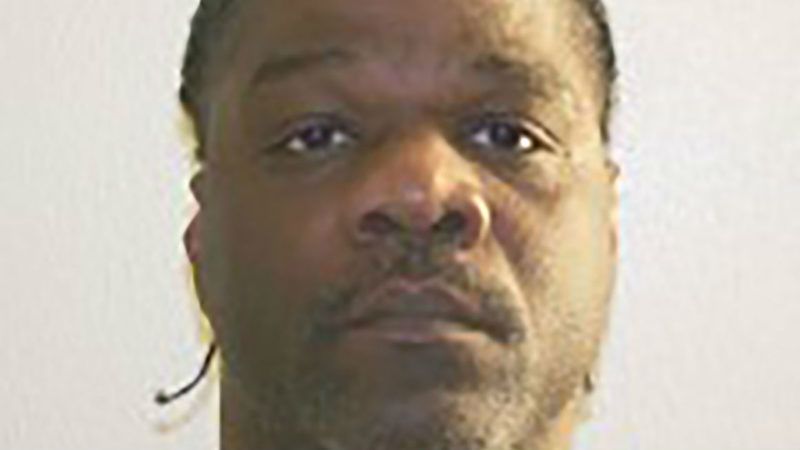DNA Testing Could Prove That Arkansas Executed an Innocent Man Three Years Ago
The ACLU and the Innocence Project are suing to uncover the evidence.

The State of Arkansas executed Ledell Lee on April 20, 2017, for the brutal 1993 murder of Debra Reese. The Innocence Project and the American Civil Liberties Union filed a Freedom of Information Act (FOIA) lawsuit last week to use DNA testing to posthumously prove Lee's innocence. The suit was filed on behalf of Lee's younger sister, Patricia Young.
Lee was the first to die in a rapid succession of executions that were carried out in a rush because Arkansas' lethal injection drug was expiring at the end of the month.
Reese was killed on February 9, 1993. She told her mother that morning that a black male knocked on the door of her Jacksonville home to ask for tools. She said that she was frightened, and that she would travel to her mother's house, about two blocks away, when she was finished with her hair.
Reese's mother called the police; Reese was dead by the time they arrived on the scene. The officers found signs of a struggle, Reese's body partially covered by a rug, and a wooden tire club covered in blood. Witnesses confirmed to the police that they saw a single black male in the area around the time of her death, and Lee was arrested two days later.
At least two of the witnesses who testified failed to identify Lee either in a police lineup or at the trial. Meanwhile, Lee had to contend with deeply inadequate court-appointed lawyers. One was struggling with addiction, another eventually surrendered his license after suffering from mental illness, others had conflicts of interest, and all of them failed to investigate his claim of innocence. Though prosecutors used merely circumstancial evidence to tie him to the murder, Lee's lawyers did not consult with forensics experts and never even asked for DNA testing.
Blood splatters from the crime scene suggested that Reese's blood would have transferred to the killer's clothes. Investigators found a pinhead-sized stain of blood on each of Lee's shoes. The lab tested the tiny drops, but it used up the entire sample and did not even have enough to determine blood type. The only other blood found on Lee's clothes was on his jacket; when tested, the blood turned out to be neither Lee's nor Reese's. The state introduced the inconclusive blood stains found on his shoes, and Lee's lawyers failed to inform the court about the results from the sample on the jacket.
Meanwhile, impressions made of the texture of Lee's shoes did not match the impressions made at the crime scene. One expert observed at the trial that the general characteristics of Lee's shoes matched the evidence, but he failed to discuss the differences between Lee's shoes and the impressions' more distinct marks and patterns. Another scientist examined hair from the scene. Though he concluded that he could neither identify nor exclude Lee, the state still managed to use his findings in a way that seemed to implicate Lee.
The FOIA suit asks for the original fingerprints taken during the investigation and the DNA evidence recovered from the scene of the crime. If this ends up exonerating Lee, it could also point to Reese's real killer, since the evidence could be submitted to a national database and compared with prior offenders.
"The public, including Ms. Young, has a strong interest in knowing whether the true killer responsible for Ms. Reese's death remains at large or whether Arkansas executed an innocent man," the suit argues.


Show Comments (35)